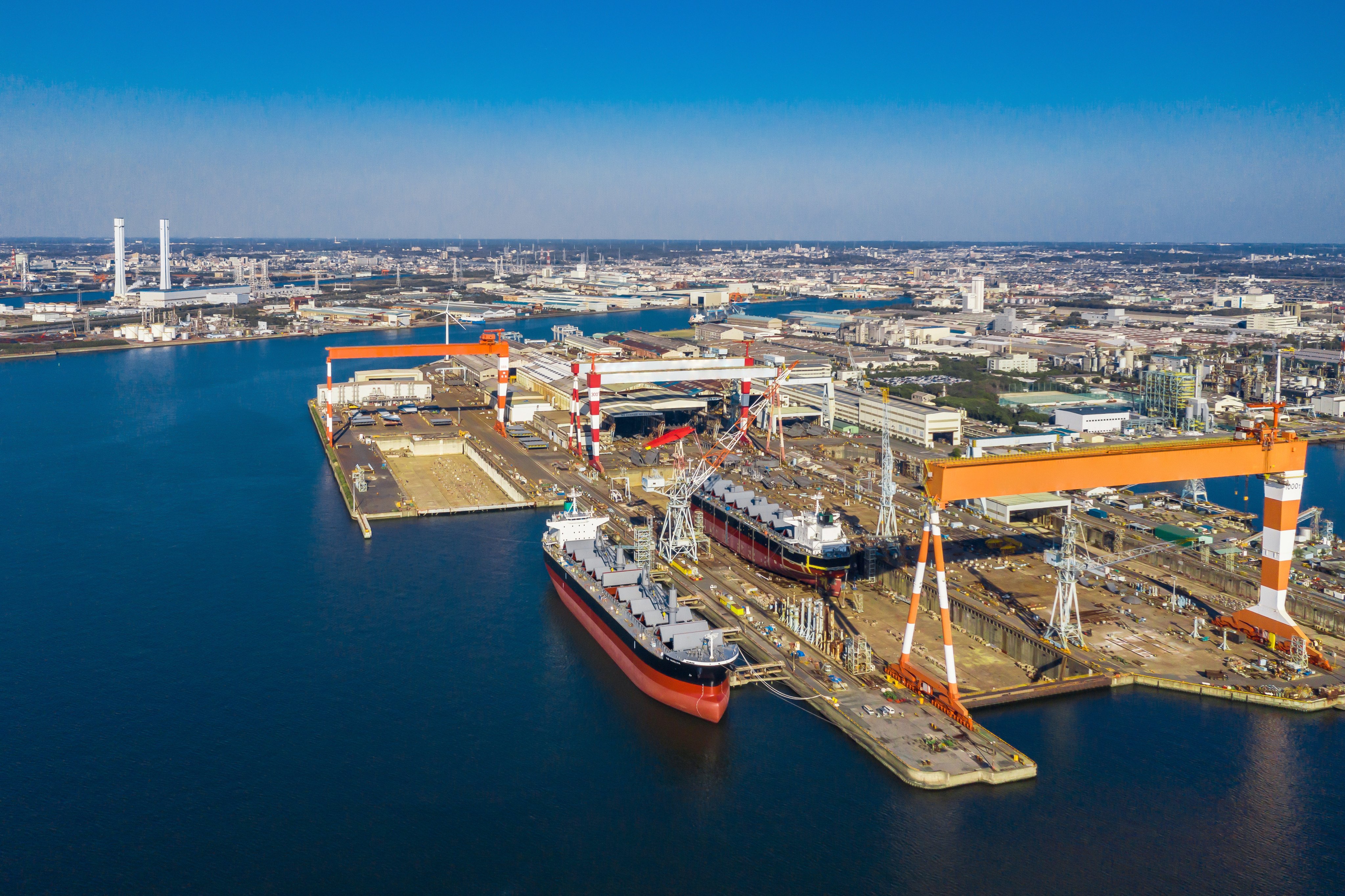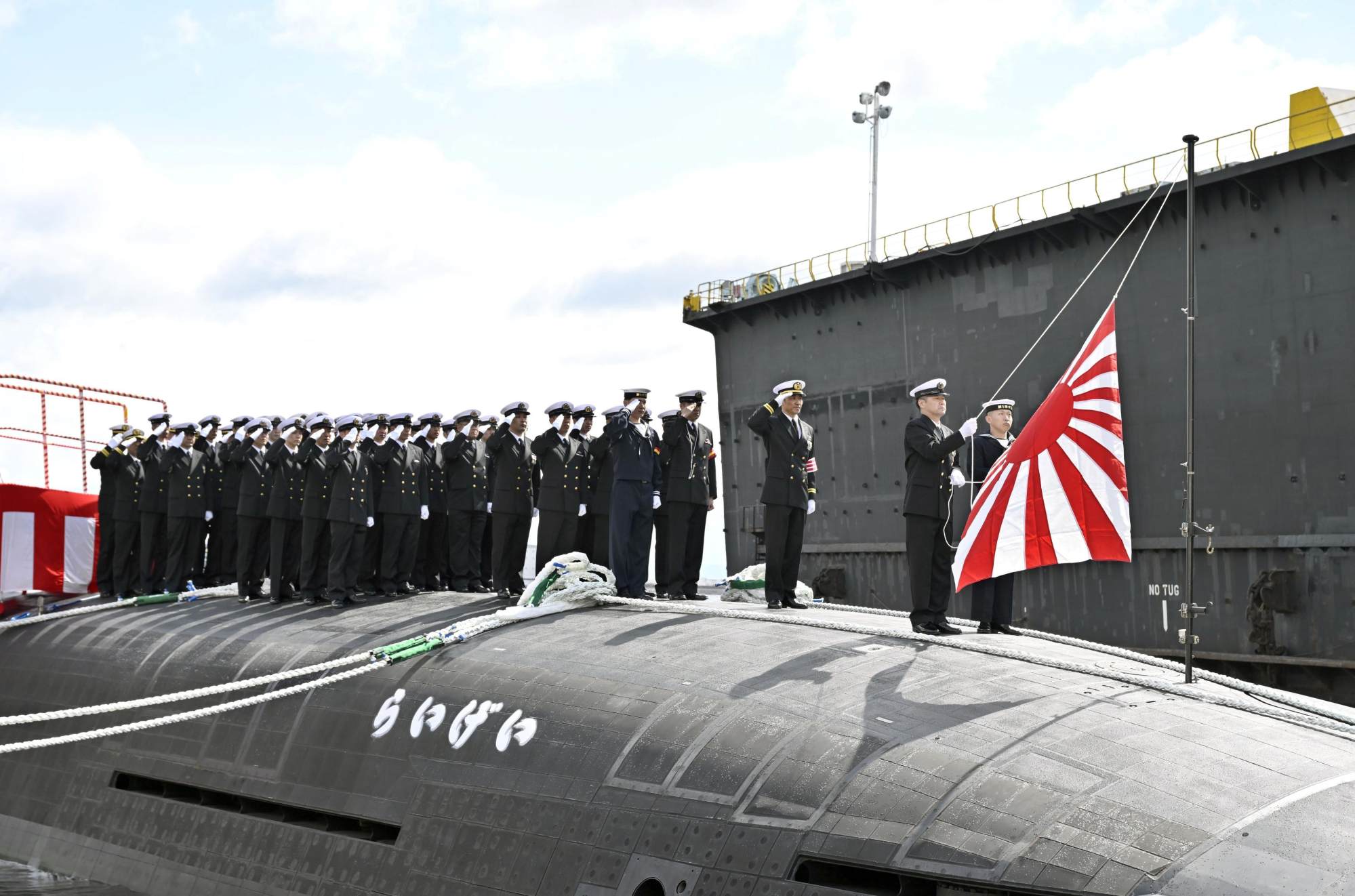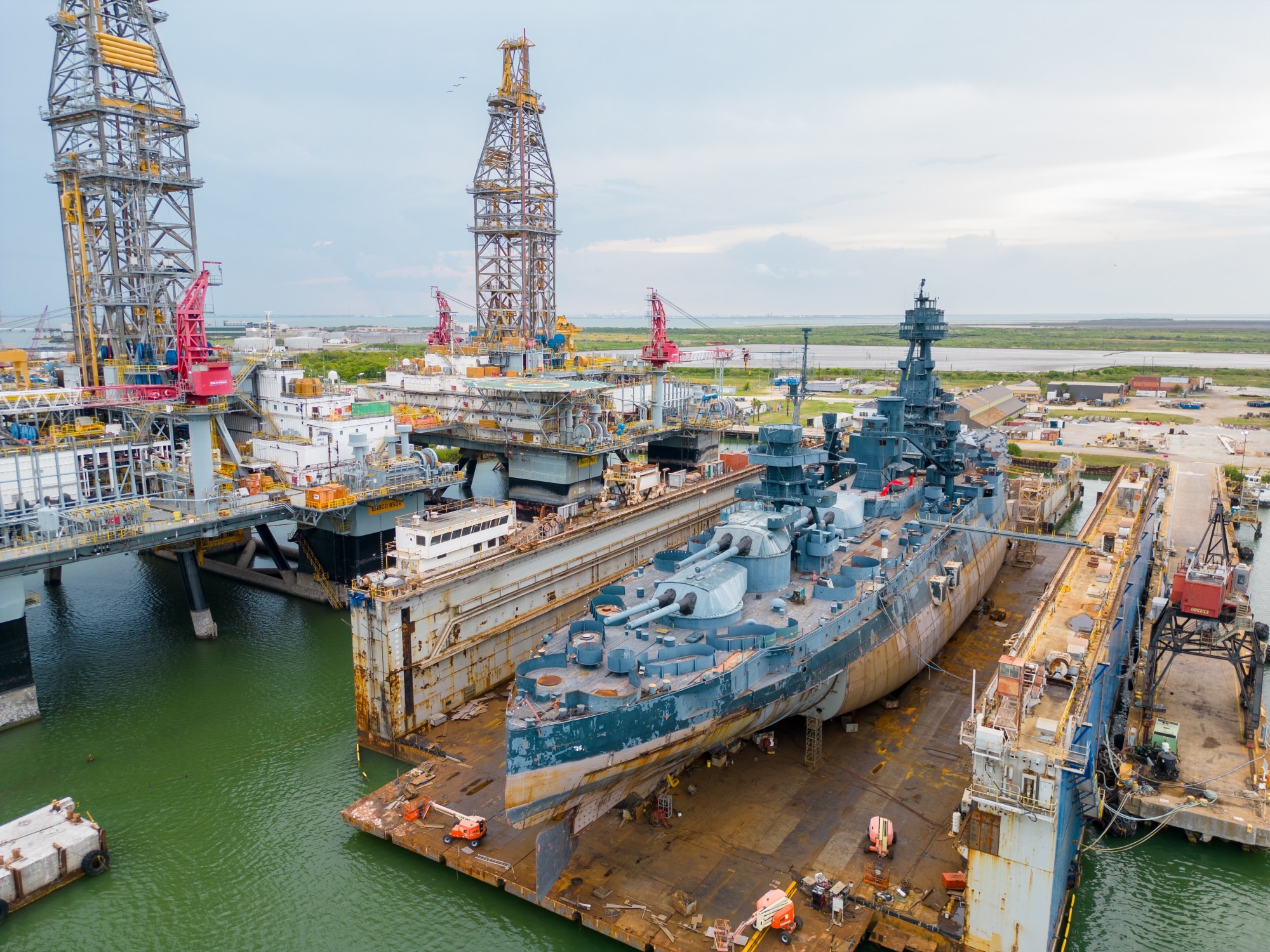Why Japan plans to spend billions fixing up its shipyards – and US warships
Tokyo’s government-backed ‘national dockyard’ initiative aims to rebuild infrastructure and provide support for repairing US Navy vessels

Japan is drawing up plans to build and upgrade shipyards that could support the repair of US Navy vessels, in a strategic move seen as both an economic security measure and a bargaining chip in fraught trade and defence burden-sharing talks with US President Donald Trump’s administration.
The proposal, expected to be finalised in the autumn, includes a government-backed “national dockyard” initiative under which Tokyo would finance the restoration or construction of facilities before handing them over to the private sector to operate.
An estimated 1 trillion yen (US$6.9 billion) would be required in public and private investment, the Nikkei newspaper reported.
“Reviving the shipbuilding industry is critically important for our economic security,” said Minoru Kiuchi, minister of economic security, at a press conference on June 20.
“We will work with the land ministry to strengthen supply chains and ensure a stable supply of vessels.”

Once a world leader in shipbuilding, Japan has in recent years produced far fewer vessels than China and South Korea, raising fears about security in an island nation that relies heavily on imports by sea.
A parallel motive, analysts suggest, is to give Tokyo a card to play in the increasingly tense discussions with Trump’s administration on trade. Trump on Monday railed against Japan for not importing enough American rice, and has long complained that Japanese car manufacturers are selling millions of vehicles in the US while American firms have limited access to the US market.
A pause on tariffs that Trump announced in April is due to end on July 9, with Japan especially concerned that a 25 per cent tariff on vehicle imports will be reimposed.
“Prime Minister [Shigeru] Ishiba said the 25 per cent tariff on the auto sectors was a national crisis and it is looming over all the negotiations, so they know they have to do something,” said Ben Ascione, an assistant professor of international relations at Tokyo’s Waseda University.
Japan is also deeply concerned that Trump will soon turn his attention to the amount that it pays to host US forces. There are fears he could demand an increase on the 1.06 trillion yen previously negotiated with the Biden administration for the five-year period ending in 2026, which amounted to an annual increase of about 10 billion yen.
“In his first administration, Trump demanded an eight-fold increase in the host nation support, but Japan managed to run the clock down on that, although it did agree to increase the amount paid by a realistic amount after Trump left office,” Ascione told This Week in Asia.

The worry is that Trump will once again demand a vastly inflated figure when the existing agreement expires in 2026. Nato leaders last month agreed to boost investments in defence to 5 per cent of their domestic economic output, widely seen as a result of Trump’s pressure on Washington’s European allies.
Tokyo hopes that its new shipyards can ease some pressure on US facilities and convince Trump to tone down his demands, analysts say.
US shipyards are not able to keep up with demand for repairs to the country’s existing military and civilian-use fleet, while many yards have shut down in recent years due to the high cost of building vessels. That industry has shifted elsewhere, with China now dominating the sector.
Trump announced in April a maritime action plan designed to rebuild America’s shipbuilding industry, including a commitment to work more closely with partner nations to expand US maritime capabilities. That will take time, however, and Japan hopes in the meantime to be able to pick up some of the slack.
“The US is now looking to Japan and South Korea to help repair military vessels,” said Kazuto Suzuki, a professor of science and technology policy at Tokyo University and an adviser to the government.
“By law, foreign firms are not allowed to build warships, but they are able to carry out overhauls and repairs, which will help to reduce the pressure on US yards.”
According to Suzuki, the US and Japan are both concerned about falling behind China in the production of commercial ships and the impact that will have on economic security, with the two sides already in talks regarding Tokyo “revitalising capacity”.
The number of shipbuilding facilities across Japan declined from 194 in 2018 to 178 in 2024, while the industry shed some 10,000 skilled jobs over the same time period.
Suzuki played down claims in South Korean media that shipbuilding was emerging as a “new front in the economic rivalry” between the two nations, as reported in the Korea JoongAng Daily on Monday.
“There is a long list of historical differences between Japan and South Korea, but the new government of President Lee [Jae-myung] is facing many of the same challenges as Japan in dealing with the US right now,” he said. “We have the same leverage, and we need to make sure that we work as a coalition to exert that leverage.”